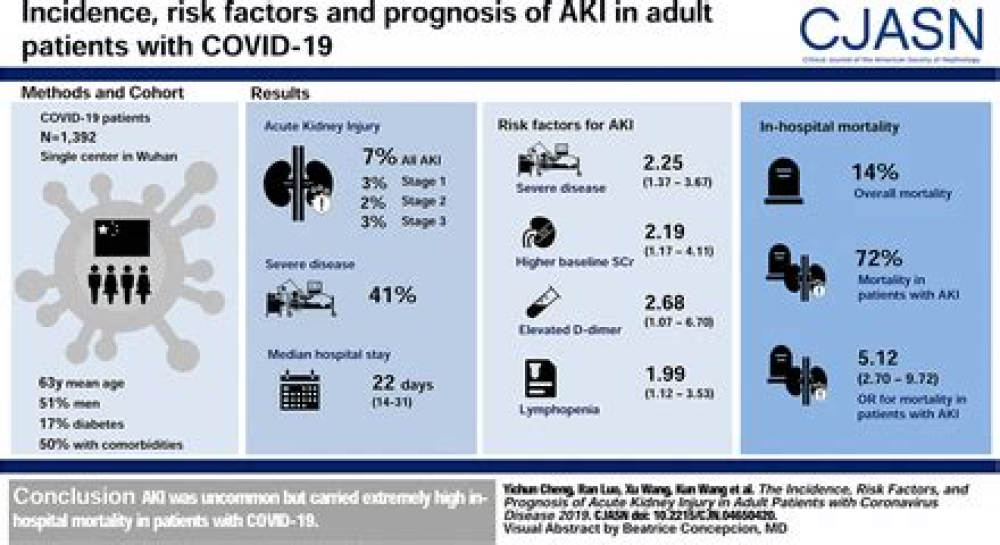- Authors: Stephan Katzenschlager ,Alexandra J. Zimmer ,Claudius Gottschalk, Jürgen Grafeneder,Stephani Schmitz, Sara Kraker, Marlene Ganslmeier, Amelie Muth, Alexander Seitel, Lena Maier-Hein, Andrea Benedetti, Jan Larmann, Markus A. Weigand, Sean McGrath , Claudia M. Denkinger
Abstract
Background
COVID-19 has been reported in over 40million people globally with variable clinical outcomes. In this systematic review and meta-analysis, we assessed demographic, laboratory and clinical indicators as predictors for severe courses of COVID-19.
Methods
This systematic review was registered at PROSPERO under CRD42020177154. We systematically searched multiple databases (PubMed, Web of Science Core Collection, MedRvix and bioRvix) for publications from December 2019 to May 31st 2020. Random-effects meta-analyses were used to calculate pooled odds ratios and differences of medians between (1) patients admitted to ICU versus non-ICU patients and (2) patients who died versus those who survived. We adapted an existing Cochrane risk-of-bias assessment tool for outcome studies.
Results
Of 6,702 unique citations, we included 88 articles with 69,762 patients. There was concern for bias across all articles included. Age was strongly associated with mortality with a difference of medians (DoM) of 13.15 years (95% confidence interval (CI) 11.37 to 14.94) between those who died and those who survived. We found a clinically relevant difference between non-survivors and survivors for C-reactive protein (CRP; DoM 69.10 mg/L, CI 50.43 to 87.77), lactate dehydrogenase (LDH; DoM 189.49 U/L, CI 155.00 to 223.98), cardiac troponin I (cTnI; DoM 21.88 pg/mL, CI 9.78 to 33.99) and D-Dimer (DoM 1.29mg/L, CI 0.9 to 1.69). Furthermore, cerebrovascular disease was the co-morbidity most strongly associated with mortality (Odds Ratio 3.45, CI 2.42 to 4.91) and ICU admission (Odds Ratio 5.88, CI 2.35 to 14.73).
For More Information: https://journals.plos.org/plosone/article?id=10.1371/journal.pone.0255154
